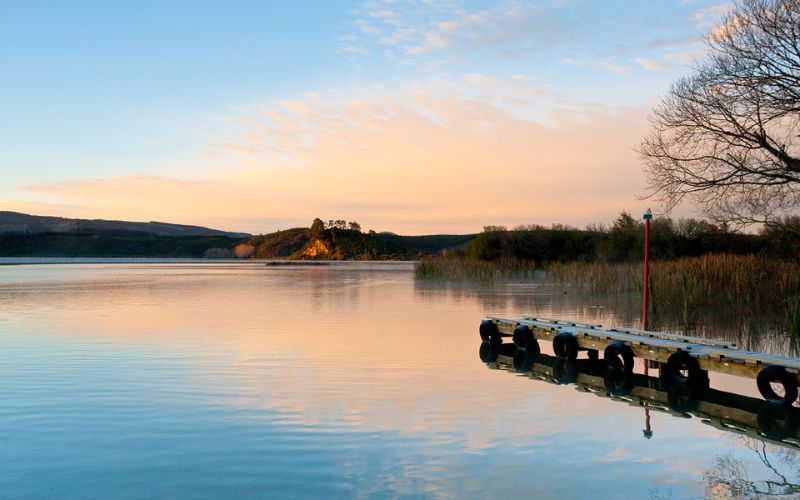Protecting Our Lakes
Why we need to act
Water quality has been declining in several Rotorua lakes over a period of time. This is why organisations are now working together to help stop the rising nutrient levels.
Allowing our lake water quality to decline is not an option acceptable for our communities. This means we need to take corrective action now to protect the lakes, addressing the many factors affecting their water quality.
Research has identified the most effective way to improve water quality (and protect the lakes) is to:
- Remove old septic tanks
- Replace them with a new system to collect human wastewater
- Reticulate (pipe) it to a wastewater plant where it can be treated and disposed of.
Current sewerage projects

Lake Rotoiti and Lake Rotomā
The East Rotoiti Rotomā Sewerage Scheme aims to protect the health of the waterways, the health of the public, and to provide an essential service to the community. The scheme also aligns with the vision of the Rotorua Te Arawa lakes Programme.

Tarawera Sewerage Scheme
Lake Tarawera is a taonga tuku iho (ancestral taonga) for Tūhourangi and Ngāti Rangitihi, and a taonga of immense importance to Tarawera communities, Rotorua and Aotearoa New Zealand.
Wastewater reticulation will reduce public health risks associated with poorly performing on-site treatment systems. This will contribute towards restoring and maintaining the bathing water quality of the lake.
Bay of Plenty Regional Council and Rotorua Lakes Council are jointly committed to ensuring the Lake Tarawera community is served by modern wastewater management and a disposal system that best protects the health of the lake and our people into the future.
The project has also been assisted through funding from the Ministry for the Environment.

